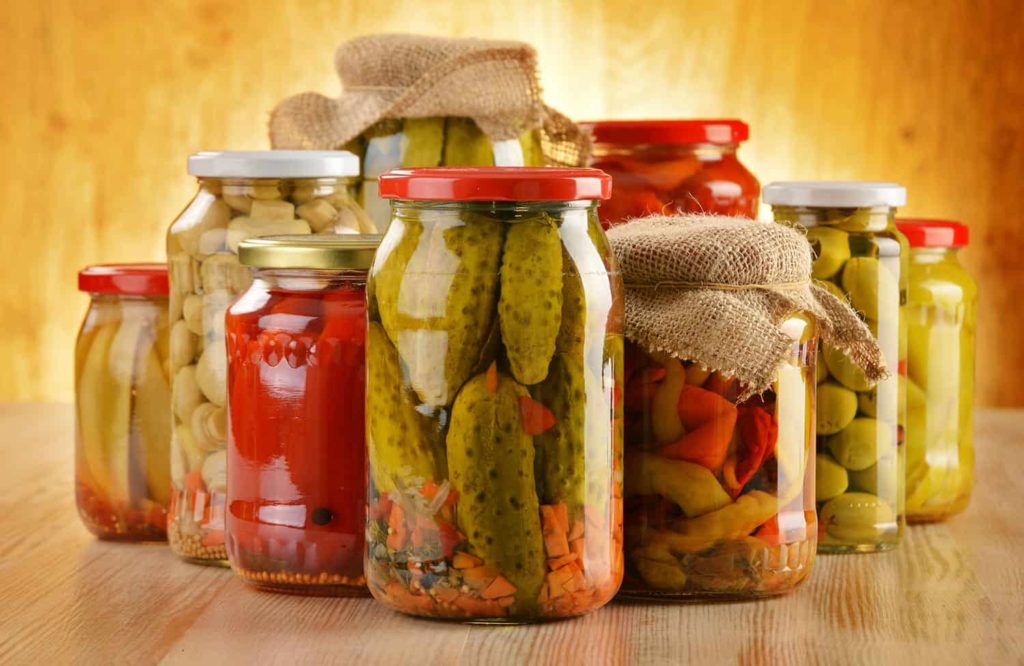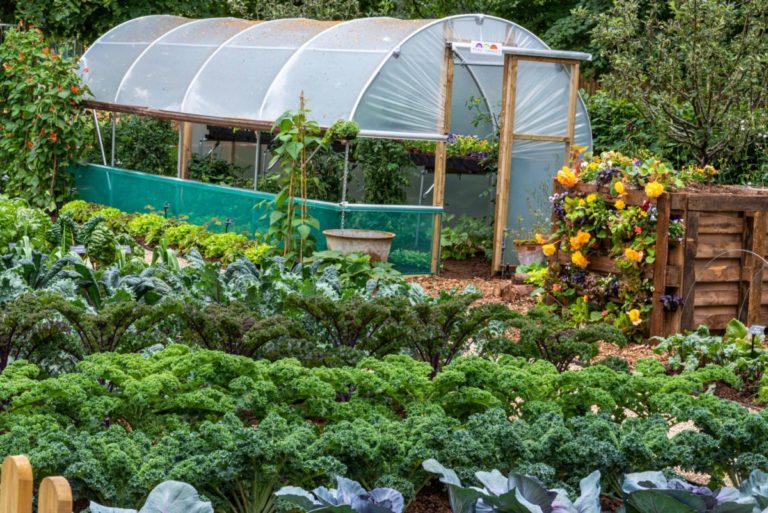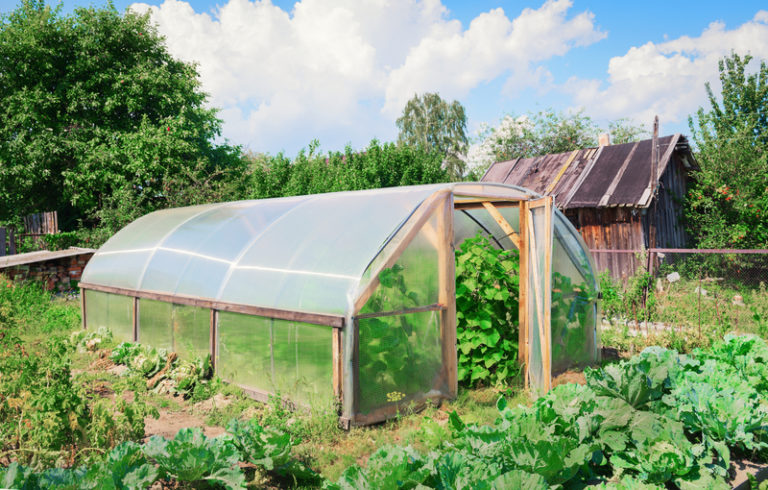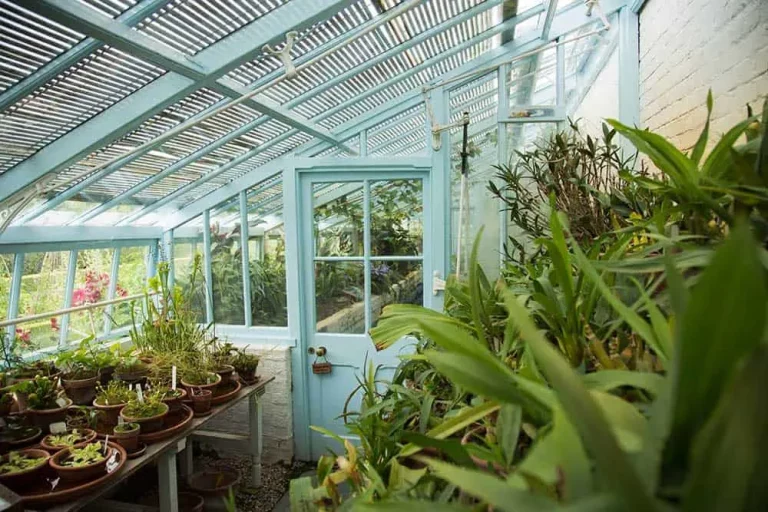Looking for a way to preserve your homegrown vegetables and enjoy them throughout the year?
Look no further than pickling!
Not only is pickling a great way to preserve veggies, but it also adds flavor and nutrients to your food.
We’ll show you how to perfect the art of pickling off-grid, using natural preservation methods that don’t rely on electricity or special equipment.
With our expert tips and techniques, you’ll be able to create delicious and healthy pickles from your own garden in no time!
Start with fresh, organic produce
The quality of your pickles will depend on the freshness and quality of the ingredients you use. Choose locally-sourced, organic produce whenever possible.
Locally-sourced, organic produce is the best choice for making delicious and nutritious pickles.
Fresh produce is not only more flavorful, but it also has a higher water content, which helps to create crisp and tangy pickles.
Organic produce is free from harmful pesticides and chemical fertilizers, which can be detrimental to your health and the environment.
When selecting ingredients for your pickles, choose the freshest and highest-quality produce you can find.
This may mean shopping at local farmers’ markets or specialty grocery stores, or even growing your own ingredients if you have the space and resources.
By investing in high-quality ingredients, you’ll be rewarded with better-tasting and healthier pickles.
Use the right pickling solution
The pickling solution should contain the right balance of vinegar, salt, and spices to create the desired flavor and texture. Experiment with different combinations to find the perfect blend for your taste buds.
To create a delicious and crunchy pickle, the pickling solution is essential.
The solution should contain the right balance of vinegar, salt, and spices to produce a flavorful and texturally pleasing pickle.
Vinegar helps to preserve the pickles and adds a tangy flavor, while salt enhances the flavor and helps to regulate the water content of the pickles.
Spices such as garlic, dill, and mustard seeds can add depth and complexity to the flavor of the pickles.
Experimenting with different combinations of vinegar, salt, and spices can help you find the perfect blend for your taste buds.
For example, a solution with a high vinegar content and a pinch of garlic can create a sharp and tangy pickle, while a solution with less vinegar and a hint of dill can produce a milder and more delicate pickle.
The key is to find the right balance of flavors and textures to suit your taste preferences.
With a little experimentation, you can create a pickle that is perfectly suited to your taste buds.
Monitor the brine temperature
The brine temperature should be between 150°F and 170°F to ensure the proper pickling process. Use a thermometer to monitor the temperature and adjust the heat as needed.
The brine temperature is a important factor in the pickling process, as it affects the growth of beneficial bacteria, the development of the pickling spices, and the texture and flavor of the final product.
For optimal results, the brine temperature should be maintained between 150°F and 170°F (65°C to 77°C).
This temperature range allows for the growth of lactic acid bacteria, which are responsible for the tangy flavor and crunchy texture of pickles.
If the brine temperature is too low, the pickling process may be slowed down or even halted, resulting in soft, mushy pickles.
On the other hand, if the brine temperature is too high, the bacteria may not have enough time to develop, resulting in an under-flavored or over-salted product.
Therefore, it is essential to monitor the brine temperature with a thermometer and adjust the heat as needed to maintain the optimal temperature range.
Use a sterilized environment
To prevent contamination and spoilage, sterilize your jars, utensils, and workspace before beginning the pickling process. This will ensure a clean and safe final product.
To prevent contamination and spoilage during the pickling process, it is important to sterilize your jars, utensils, and workspace before beginning.
This involves heating the jars and utensils to a high temperature, typically around 212°F (100°C), to kill off any bacteria or other microorganisms that may be present.
You can do this by submerging the jars and utensils in a pot of boiling water for 10-15 minutes, or by using a steam sterilizer.
Be sure to clean and sanitize your workspace and any equipment you will be using to prepare the pickling liquid.
This includes your countertops, cutting boards, and any tools or utensils you will be using to prepare the pickling liquid.
Using a solution of 1 tablespoon of unscented bleach to 1 gallon of water is a effective way to sanitize your workspace and equipment.
By taking these steps to sterilize your jars, utensils, and workspace, you can ensure a clean and safe final product.
Contamination can lead to spoilage and the growth of harmful bacteria, so it is important to take these precautions to prevent any potential issues.
With a little bit of effort and attention to detail, you can enjoy delicious and safe pickles for months to come.
Pack the produce tightly
Pack the produce into jars, leaving about 1/4 inch of headspace at the top. This will help to preserve the pickles and prevent spoilage.
When packing the freshly picked produce into jars, it is essential to leave about 1/4 inch of headspace at the top.
This small gap at the top of the jar provides an essential function in preserving the pickles and preventing spoilage.
The headspace allows for the formation of a vacuum seal within the jar, which helps to lock in the freshness and flavor of the pickles.
This small space at the top of the jar allows for any excess liquid to escape, preventing the pickles from becoming too soggy or developing off-flavors.
By leaving this quarter inch of headspace, you can ensure that your pickles stay fresh, crisp, and delicious for a longer period.
Use the right amount of vinegar
The amount of vinegar used will depend on the type of produce being pickled and the desired level of acidity. Generally, a 5% acidity level is recommended for most pickles.
When it comes to pickling, the amount of vinegar used is important in achieving the desired level of acidity.
Different types of produce require different vinegar-to-water ratios to achieve the optimal level of acidity.
For example, cucumbers and carrots require a higher ratio of vinegar to water, while beets and sweet potatoes require a lower ratio.
The desired acidity level also plays a role in determining the amount of vinegar used.
Generally, a 5% acidity level is recommended for most pickles, which translates to about 1/4 cup of vinegar per cup of water.
This level of acidity helps to preserve the produce while also giving it a tangy flavor.
However, if you prefer a more intense flavor or a lower acidity level, you can adjust the vinegar-to-water ratio accordingly.
Just be sure to taste the pickles as you go and adjust the seasonings to your liking.
Allow for proper curing time
Allow the pickles to cure for at least 24 hours before consumption. This will allow the pickles to develop their full flavor and texture.
To unlock the full potential of your homemade pickles, it’s essential to allow them to cure for at least 24 hours before serving.
During this time, the pickles undergo a process called lactic acid fermentation, which enhances their flavor and texture.
As the pickles sit, the natural bacteria present on the cucumbers feed on the sugars and produce lactic acid, which gives the pickles a tangy, sour taste.
The curing process allows the pickles to become crisper and more texture-dense, creating a satisfying snack or side dish.
So, resist the temptation to devour your pickles as soon as they’re made and let them sit for at least 24 hours to allow them to fully mature and develop their full flavor and texture.
Store in a cool, dark place
Once the pickles are prepared, store them in a cool, dark place. This will help to prevent spoilage and ensure the pickles last as long as possible.
To ensure the longevity and freshness of your homemade pickles, it’s essential to store them in a cool, dark place once they’re prepared.
This means storing them in an airtight container, such as a glass jar with a tight-fitting lid, and placing them in a location that is protected from direct sunlight and heat sources.
A pantry or cupboard with a consistent temperature between 50°F to 60°F (10°C to 15°C) is ideal for storing pickles.
This temperature range will help to prevent the growth of harmful bacteria and mold, while also slowing down the spoilage process.
Keeping the pickles away from direct sunlight will help to maintain their natural colors and prevent them from becoming overcooked or developing an unpleasant texture.
Want More? Dive Deeper Here!
Hey there! If you’re the type who loves going down the rabbit hole of information (like we do), you’re in the right spot. We’ve pulled together some cool reads and resources that dive a bit deeper into the stuff we chat about on our site. Whether you’re just killing time or super into the topic, these picks might just be what you’re looking for. Happy reading!






